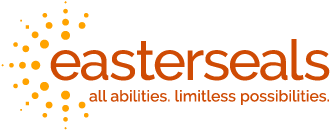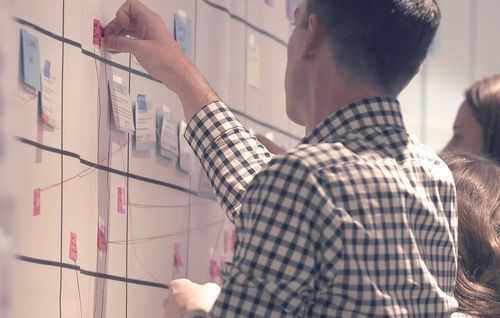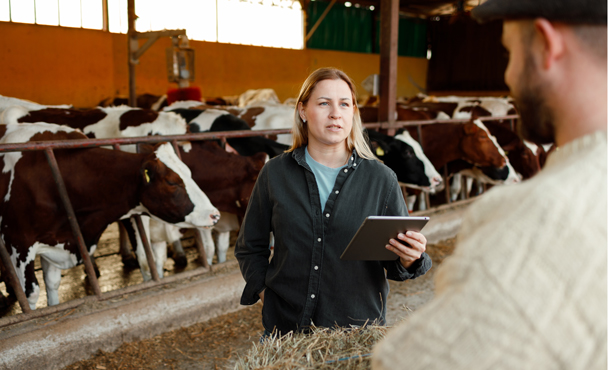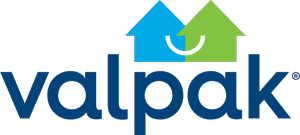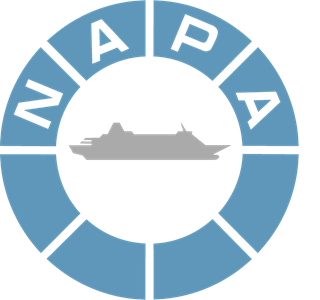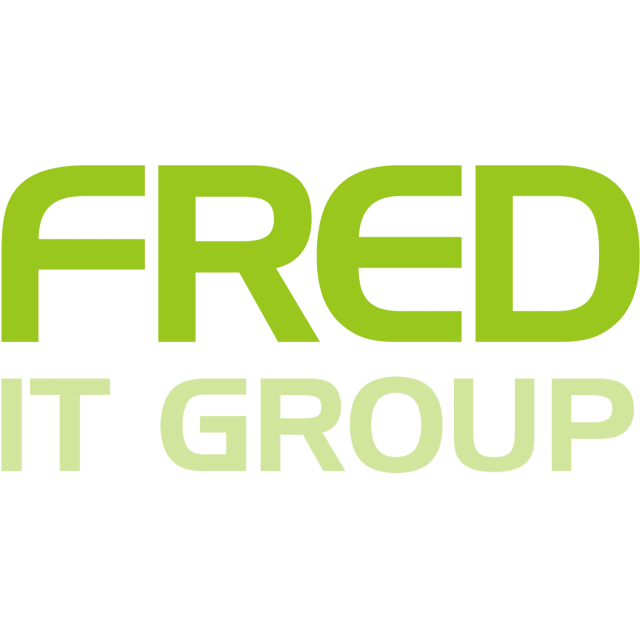
“e-Prescribing is probably the biggest example of a SAFe outcome for Fred IT. It was a real shake-up, quite transformative for our whole industry. And we were the leaders and able to pull it off!”
—Zoe Walters, Product Manager
Challenge:
Siloed development and a need to meet rapidly changing demands proved challenging for a business whose product suite is an end-to-end solution.
Industry:
Pharmaceutical, IT
Results:
- Faster time-to-market
- Predictability improved to 82%
- Bugs decreased by 50%
- Backlog reduced from 160 support items to under 20
- Improved top-down engagement with the stakeholders
Best Practices:
- Train leadership – Fred IT trained the executive leadership team first, which helped drive complete business transformation
- Train extensively – most people within the company have completed an average of two courses, including everyone in the leadership team, all the way to the CEO
- Get expert help – Pretty Agile had an engagement with Fred that went beyond initial training. Their consultants were embedded to support continuous improvement and provide team guidance through more advanced practices up to PI6 results
The Partner that Made it Happen
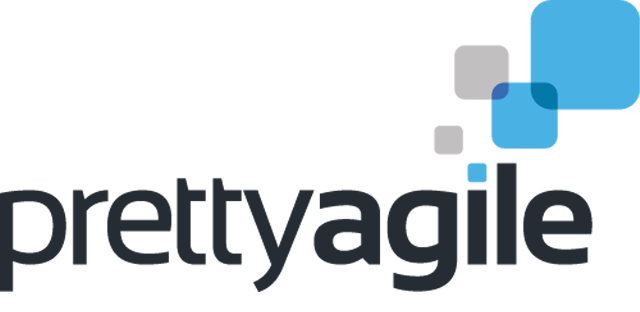
Introduction
Fred IT Group is Australia’s largest provider of pharmacy IT solutions servicing more than 3000 pharmacies. The company was launched out of a deep commitment to the role of technological leadership in improving patient outcomes whilst making it easier and more efficient for health professionals to run their businesses.
Building an end-to-end solution in a siloed work culture
Over the years, Fred IT used a mix of Agile and Waterfall methodologies. However, neither approach addressed the need to respond quickly to continually changing demands or the siloed development approach across their teams.

“If you were in a team for a specific product, there was limited cross-over and discussion with other teams. Sharing of knowledge across products was ad-hoc and team members were often only expected to be skilled on one product,” says Fred IT product manager, Zoe Walters.
This was a problem for a business whose product suite is an end-to-end solution. “All of the products in our suite are fully integrated,” says Walters. “But our approach made it difficult to do this well. For example, a dispensary and back-office product might have the same reports. But, because they were developed in isolation, they were inconsistent in looks and the data captured and reported on. It was the same company, solution and report—but two different outputs.”
To transform their way of working and harmonize the development of their product suite, Fred decided to adopt SAFe®.
Training leaders first leads to early wins
With the help of Scaled Agile Transformation Partner, Pretty Agile, Fred started training people in 2018 with a goal of launching SAFe in 2019. The new initiative primarily included people from Product and Engineering, with HR, Finance, Security, and Infrastructure teams supporting the operational and strategic work. They decided to train leadership first, and then move to development teams. This approach quickly paid off. “Getting the executive leadership team in a Leading SAFe® class was regarded as a key success factor for Fred and is one of those things that made a difference to them,” says Pretty Agile founder, Em Campbell-Pretty.
“Getting the executive leadership team in a Leading SAFe® class was regarded as a key success factor for Fred and is one of those things that made a difference to them.”
Em Campbell-Pretty, Founder, pretty agile
As soon as the teams began planning and collaborating through SAFe practices, the organization experienced a noticeable difference. “The impact on prioritization was a massive eye-opener,” observed Walters. “It no longer became a matter of who screamed loudest determining what got done first, but making better decisions based on business value and impact based on the effort required. We knew in theory that it would happen, but to see it happen in reality was interesting. It became clear what needed to happen first, and made us examine the business reasoning behind it, and document and capture features and expected outcomes so we had a yardstick to measure what we’d achieved.”
One method that Fred IT uses in this decision-making process is to assess each feature/epic against the strategic investment, tech debt, maintenance, and other costs to the business. They then decide how they want to distribute that work across each PI. These guardrails allow the Lean Portfolio Manager (LPM) to manage the train capacity dedicated to each area.
Taking the market lead in times of COVID
Adopting SAFe made a business-critical difference for Fred when COVID-19 hit Australia. Due to government mandates, citizens could not visit their doctors, so the pressure was on Fred to quickly deliver an e-Prescription solution
“COVID fast-tracked the forward momentum of the Australian e-Health industry,” says Walters. “Critically, conversations we’d been having about moving from paper prescriptions to electronic scripts for several years became concrete projects that needed to be delivered urgently.”
Already mid-way through launching a new dispense product, Fred needed to pivot its attention to successfully delivering a second product which would result in significant changes in deadlines.
“We had plans and extensive roadmaps for the dispense product in place, and the teams were already locked in,” says Walters. “But with SAFe, we could quickly and effectively change tack to deliver the e-Prescription product, despite the huge list of requirements.”
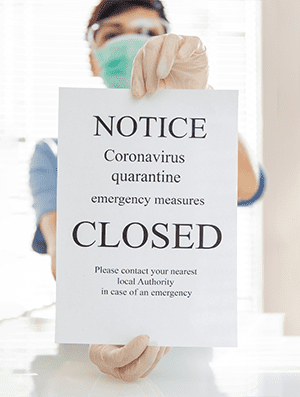
“SAFe enabled us to estimate the effort and time required, form teams, align them to the work, show the business how we’d achieve delivery, and then go ahead,” added Walters. “Using our previous approach, we’d have had no capability or ability to manage that. Instead, we would have just had a pile of work to chip away at—and hope for the best.”
“SAFe enabled us to estimate the effort and time required, form teams, align them to the work, show the business how we’d achieve delivery, and then go ahead.”
Zoe Walters, Product Manager
Practicing SAFe, the organization became more efficient and effective. They improved planning and road mapping with the Program Increment (PI) cycles and had transparency across the teams. Walters added, “As a result, they were able to plan and deliver last-minute changes to requirements and meet those fast-tracked milestones. So, it enabled us to get two different sustainable products up and running fast!”
Significant business outcomes
Fred has realized myriad benefits from adopting the SAFe way of working, from product development and delivery to cultural shifts:
- Faster time-to-market: “e-Prescribing is probably the biggest example of a SAFe outcome for Fred IT,” says Walters. “It was a real shake-up, quite transformative for our whole industry. And we were the leaders and able to pull it off! Perhaps we could have done it without SAFe, but it would have been high risk, and supporting and maintaining the system would have been difficult. But with SAFe, we succeeded.”
- Predictability: After several PIs, Fred achieved an average of 82% predictability on features and enablers.
- Improvements in quality: SAFe introduced a big shift in the ownership of quality. Prior to SAFe, one person with a quality assurance title would attempt to address quality issues at the end of the development cycle. With SAFe, the entire team took ownership, and quality became embedded in the process. That approach paid off. Based on customer feedback, the quality of Fred’s products has dramatically improved and introduced bugs have dropped more than 50%.
- Backlog reduction: Fred’s support backlog has also been significantly impacted. “We had an overall backlog of around 160 support items that needed to be reduced, and that number just never seemed to go down,” says Walters. “After a few PIs, the backlog dropped to under 20. It was a massive reduction.”
- Cultural Shifts: “Since adopting SAFe, I feel like Fred’s a more collaborative place than before,” says Walters. “Our teams are more integrated, and there are stronger relationships between them because they’re part of every activity and process. We are sharing more, so we all know more about what’s happening across the business – and with more transparency. People are putting up their hands to help get projects across the line. We’ve become more understanding and supportive. That has been a big step forward for us as a company.”
“We’ve become more understanding and supportive. That has been a big step forward for us as a company.”
Zoe Walters, Product Manager
A transformative way of working
The SAFe way of working has significantly impacted the way Fred’s teams communicate, and it has improved their ability to adapt and pivot, manage quality standards, and coordinate the flow of work.
“Every single person at Fred IT who is using the SAFe way of working agrees that the transparency of the work and the ability to adapt quickly to changes in the market and be more agile is certainly tenfold,” says Walters.
“The difference now is that we have regular stand-ups together and can coordinate work across the board. So, for example, if we need a field change on Fred Dispense and the back-office report, the conversation is out in the open and can be planned and coordinated. It’s a massive improvement on past processes.”
The new visibility and transparency are also having an effect on future development work. Many of Fred’s government initiatives involve two different products, and one team might start before the other. With SAFe, the first team now shares all their learnings with the next team before they start. It allows for a much smoother approach and typically helps the teams avoid any potential issues.
“We now have predictability of our estimates,” says Walters. “We know how fast work can be achieved, which we didn’t know before. Previously we could only estimate delivery/release dates and resource requirements.
“SAFe was also a big shift in the team ownership of quality. Rather it being the responsibility of one person who landed the quality assurance title, it became embedded in the process – and has become a focus.
“Having SAFe processes in place means that everyone now knows what will happen each week, each month, and in each cycle.”
Summary
With the help of SAFe, Fred IT successfully overcame the challenges associated with developing a critical, time-sensitive end-to-end ePrescription solution, despite existing commitments. Previously siloed teams worked together with transparency and collaboration, and the product was successfully delivered despite significantly abbreviated timelines and a plethora of on-the-go changes to requirements.

Training At-a-Glance
- Leading SAFe® (SA)
- SAFe® for Teams (SP)
- Implementing SAFe® (SPC)
- SAFe® Product Owner/Product Manager (POPM)
- SAFe® Release Train Engineer (RTE)
- SAFe® Scrum Master (SSM)
- SAFe® for Architects (ARCH)
- Lean Portfolio Management (LPM)
- Agile Product Management (APM)
Says Walters, “The enthusiasm for SAFe training is such that most people average a minimum of two courses. Tom Boswell, Enterprise Agile Coach and Release Train Engineer, added, “We’re very proud of where we got to with SAFe training. All of our leadership team—right up to the CEO—trained, which is unusual in my experience. It shows that they understood the value of investing in SAFe. We now have the capabilities to provide SAFe training and certification internally but continue to be supported by Pretty Agile for advanced courses.”

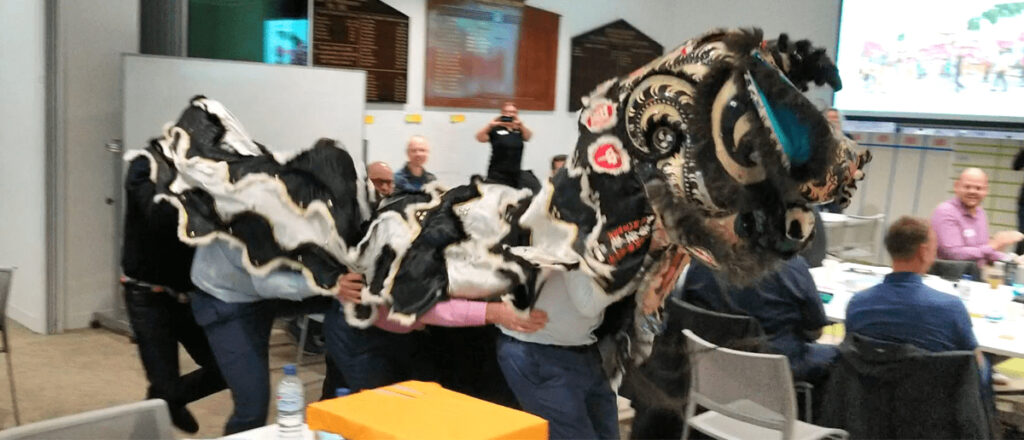
Share:
Back to: All Case Studies
Suggested Case Study:
Porsche
